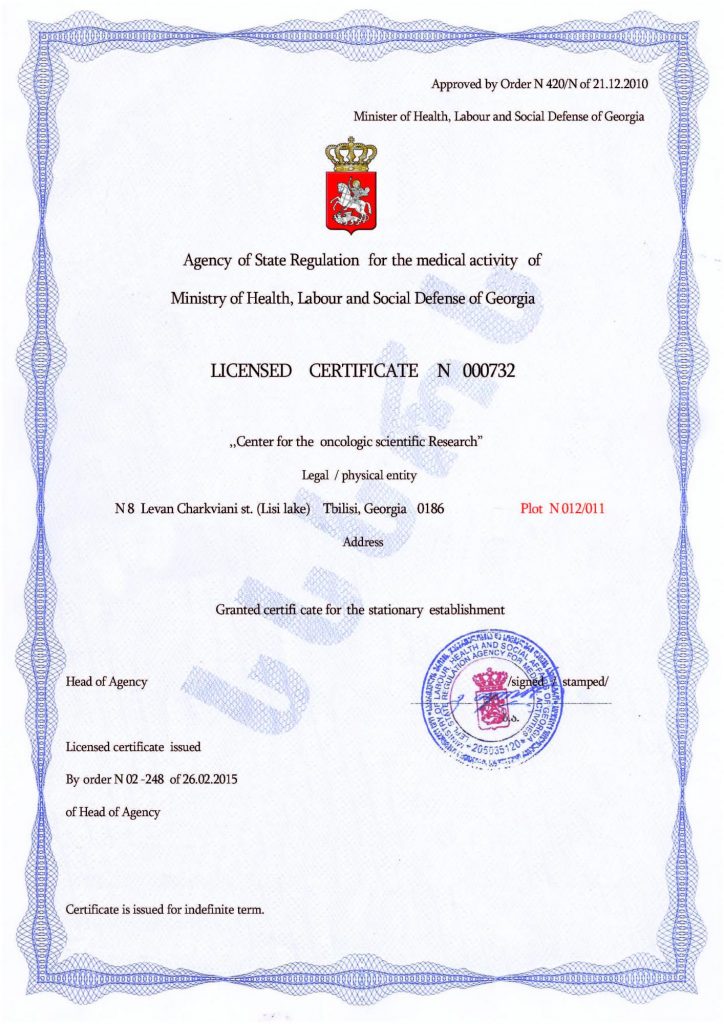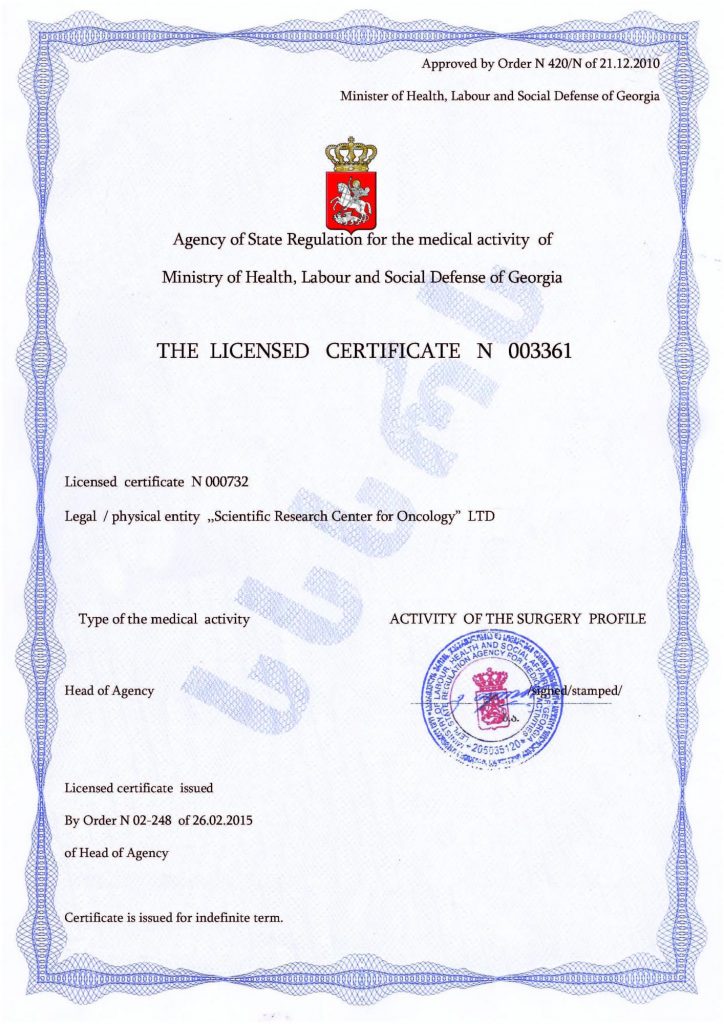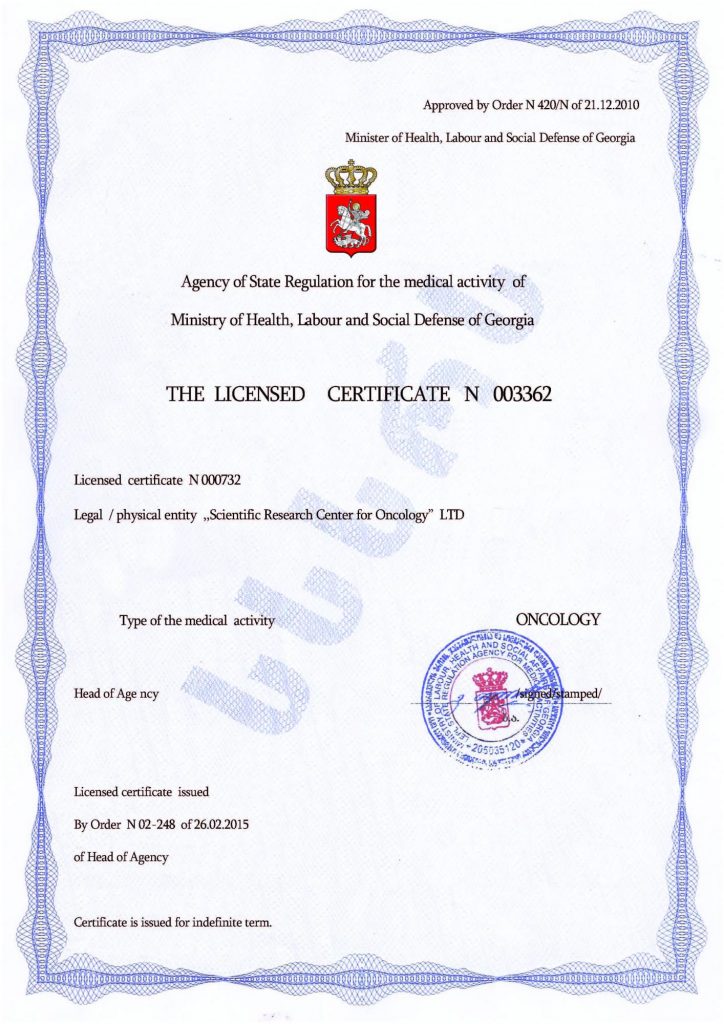Anxiety in Autism — A Hidden Threat
Many individuals with autism are capable of hiding their feelings and experiences, even from a young age. This also applies to anxiety, which every child eventually experiences. It is a normal response to various stresses, and it is also the body’s way of signaling danger or the need to be cautious in certain situations.
Anxiety affects both children and adults differently. When children start to worry, their concerns can become so serious that they interfere with daily life, at home, at school, or during play.
The causes of anxiety, which lead to the excessively active reactions observed in most such disorders, can be influenced by various factors.
• Genetics: Children whose relatives suffer from anxiety disorders are more likely to develop them. These children may inherit genes that make them vulnerable to anxiety.
• Environment: Growing up in a place where people have anxiety disorders can teach children to feel the same way.
• Life situations: Certain events can be stressful and challenging, especially the loss of a loved one, violence, or serious illness. These situations can lead to anxiety in children.
• Brain chemistry: Genes help regulate brain chemicals called neurotransmitters. If these chemicals are deficient or dysfunctional, it can trigger anxiety.
There are common symptoms of anxiety that should be noted in children.
• Worry about the future and other “bad” things that might happen. This trait may indicate general anxiety.
• Intense fear of being away from parents or other peers, even for a short time. This behavior can be an early sign of separation anxiety.
• Uncontrolled anxiety when needing to attend school or other crowded places. This trait may indicate social anxiety.
• Phobias, such as an overwhelming fear of heights or insects.
• Repeated episodes of intense fear, with additional symptoms such as nausea, shaking, and sweating. Sudden onset of such feelings may indicate a panic disorder.
Anxiety is not always connected with fear or exhaustion; it can also manifest as anger and irritability, and general nervousness affects sleep and overall well-being.
Recent studies by scientists from the University of Amsterdam have shown that more than 40% of autistic children suffer from at least one anxiety disorder, with excessive worry and fear being the primary cause.
- Over 30% of these children have at least one phobia.
• 17% suffer from obsessive-compulsive disorder or social anxiety disorder (agoraphobia).
• Almost 15% have generalized anxiety disorder.
• 9% have separation anxiety disorder.
• 2% show symptoms of panic disorder.
This and other studies have proven that for individuals with autism, anxiety symptoms are more severe than for other children. Anxiety can complicate all aspects of life, from traveling on public transport to making friends.
It can be difficult to recognize anxiety in children with autism due to overlapping symptoms and varying manifestations. Minimally verbal children may be unable to express their feelings and may instead show anxiety through destructive behavior. On the other hand, some children can speak freely but have difficulty understanding and expressing their emotions.
Another cause of anxiety in children with autism is the feeling of being misunderstood or rejected by neurotypical individuals. Therefore, some autistic people mask or hide their feelings to “fit in” with society and avoid standing out. However, this is risky as it increases anxiety and harms their mental health. In addition, there are other causes of anxiety in people with autism:
• Sudden or unexpected changes in daily routines
• Difficulty identifying, understanding, or managing emotions
There are many ways to treat anxiety, with the most effective results when treatment begins at a young age. However, as practice shows, the most successful method is one — cell therapy, which is the safest, most modern, and high-tech. It provides long-term results that often last a lifetime and enhance the effectiveness of other corrective methods for behavior, cognitive, or other functions. The key to success is that this therapy helps combat autism itself, not just its symptoms.
This method involves stem cell transplantation. It should be emphasized that the cells are taken from the patient themselves, eliminating the risk of rejection due to the immune system’s reaction. Once introduced, they transform into healthy analogs of the damaged cells and replace them, which allows for gradual normalization of brain and nervous system function shortly after the procedure.
This approach, which utilizes the body’s restorative abilities, has received high praise and may become the primary treatment. It is currently applied in the best clinics worldwide, including the Mardaleishvili Medical Center. The center employs highly qualified doctors with extensive successful experience in treating autism. They also have state-of-the-art equipment that ensures the best therapeutic results. The center’s services are more affordable than those in other countries with comparable healthcare systems meeting modern global standards. An additional advantage is the comprehensive support provided at all stages, starting with travel planning and accommodation arrangements.
Undergo cell therapy — take a decisive step in overcoming anxiety!
Autism Treatment Center Videos
Autism treatment with own stem cells
Cord blood association congress
International Quality Crown
Autism Treatment Reviews
Autism treatment with own stem cells
The story of Alessandro (6 years old)
Autism Patient Testimonial - Stem Cell Treatment
Clients Testimonials
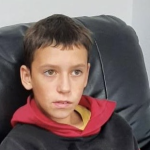
Feedback from Igor, David’s father (12 years old) Read More
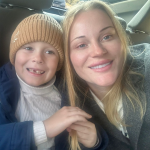
Feedback from Olga, Fedya’s mother Read More
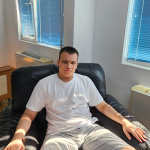
Feedback from Natalia, Radomir’s mother (15 years old) Read More
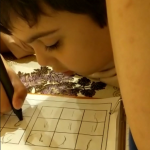
Feedback from Esther, Samuel’s mother (8 years old) Read More
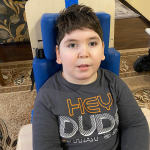
Feedback from Abibe, Selim’s mother (7 years old) Read More









